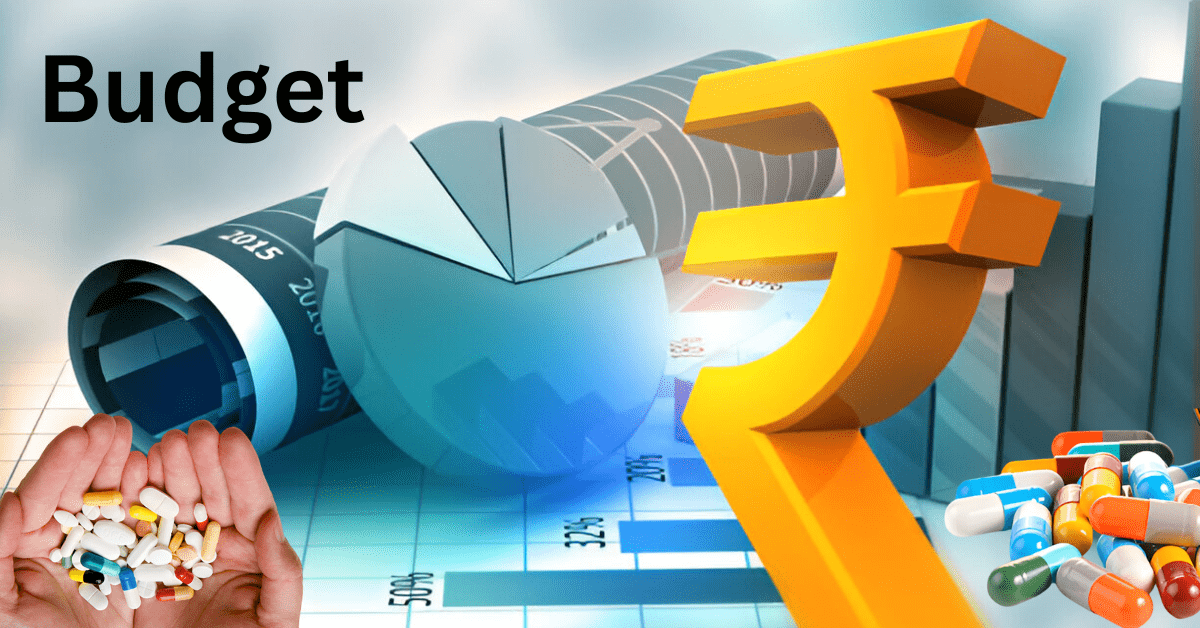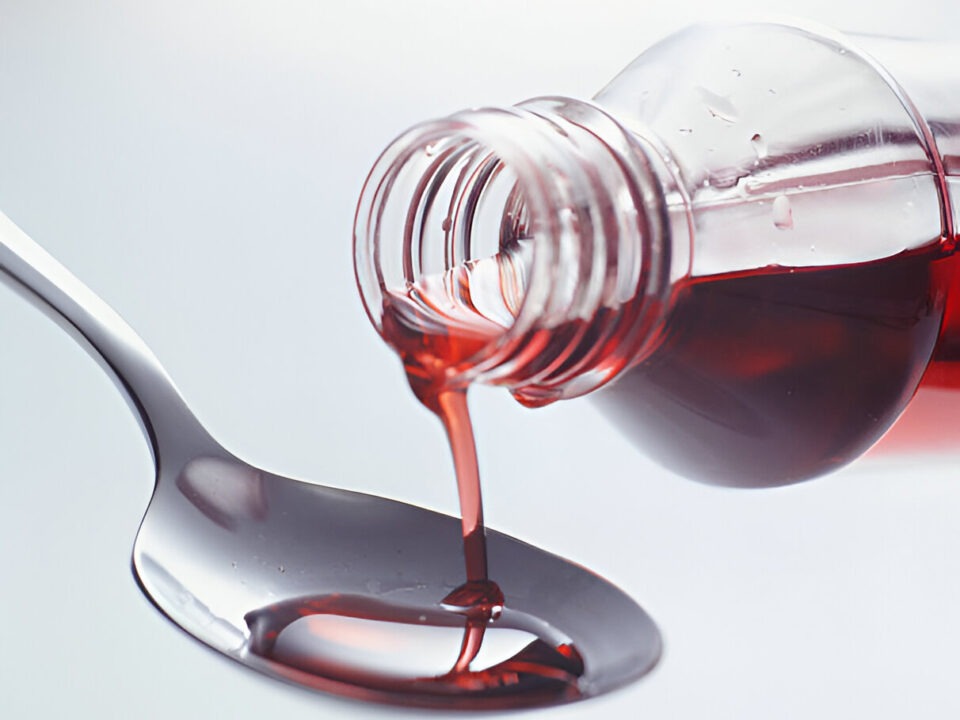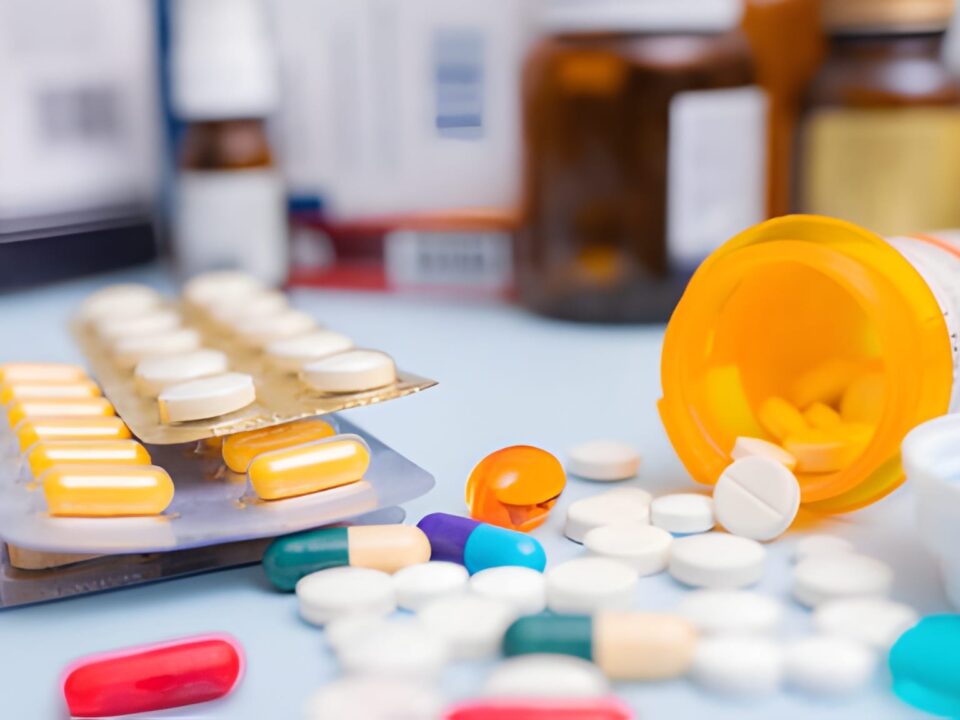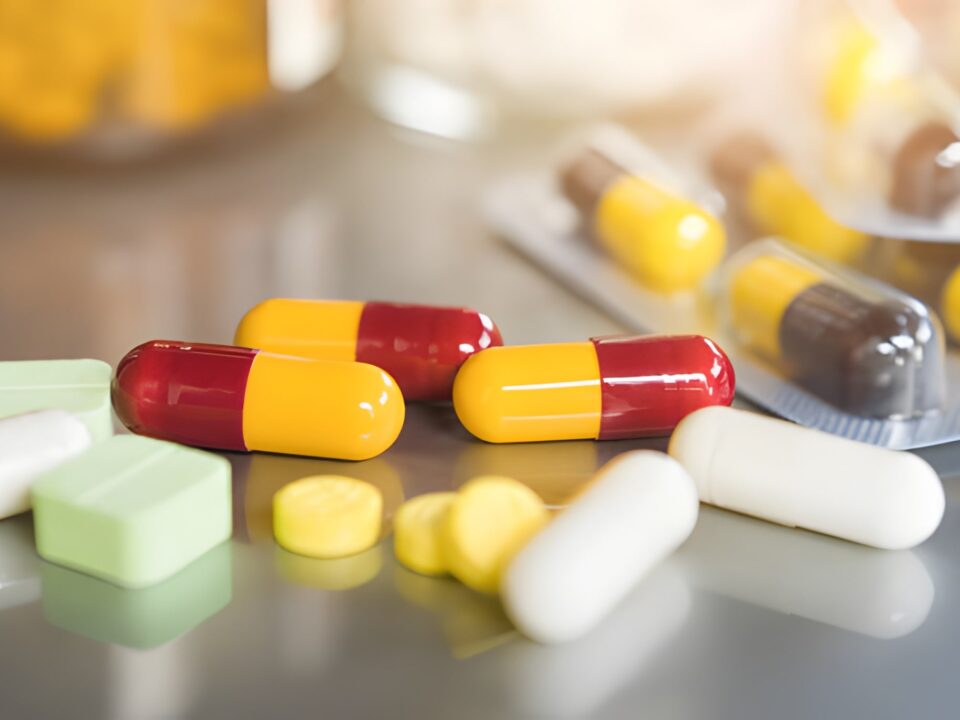
EDI-FCM: Advanced Solution for Iron Deficiency Treatment
September 9, 2025
Boosting India’s Pharma‑Innovation: How the PRIP Scheme Is Poised to Spark a New Era
October 3, 2025Healing the Future: How India’s Budget 2025-26 Revives Pharma and Healthcare
Painting the Budget Landscape
In the Union Budget announced on September 3, 2025, Finance Minister Nirmala Sitharaman unveiled bold consumption tax reforms to spark domestic demand. The overhaul slashed GST on daily essentials: shampoo and toothpaste dropped from 18% to 5%, small cars and selected electronics from 28% to 18%, and life and health insurance policies were stripped of GST altogether. The entire tax structure was streamlined to just two slabs—5% and 18%—with a 40% “sin goods” rate retained for super-luxury items .
These reforms, though radical in scope, carry a ₹48,000 crore (~US$5.5 billion) revenue hit. Yet, analysts are optimistic: increased consumption among consumers could balance the shortfall.
Pharma in Focus: Budget Boosts for Accessibility and Production
India’s pharma sector received a substantial push in the Budget 2025-26:
- A total of ₹99,858.56 crore was earmarked for healthcare and pharma—up from the previous year’s ₹90,958.63 crore—a near 10% increase.
- The Production-Linked Incentive (PLI) scheme got ₹2,445 crore, up from ₹2,143 crore last year, emphasizing support for local drug manufacturing and reducing import reliance.
- Crucially, the government fully exempted 36 life-saving drugs—along with six others at concessional duty—from customs duty. The NPPA has instructed manufacturers to pass on these savings to consumers by revising MRPs accordingly.
- An additional 37 more drugs and 13 new Patient Assistance Programs (PAPs) were introduced to bolster accessibility for vulnerable patients
Strategic Adaptations amid Global Shifts
In response to growing tariffs and uncertainties in the U.S., India is strategically broadening its pharma export horizons:
- While the U.S. remains India’s largest pharma export market, the government is looking beyond, boosting trade links with Russia, Brazil, and the Netherlands.
- These markets, already showing traction (e.g., Brazil: $778M; Netherlands: $616M; Russia: $577M), offer potential for ~20% growth, lessening dependence on the U.S.
Impacts Unfolding Across the Ecosystem
- Consumers will gain from reduced prices on critical medicines thanks to customs exemptions—MRP revisions ensure immediate access benefits.
- Domestic manufacturers get stronger backing through PLI incentives, encouraging economies of scale and self-reliance.
- Enhanced patient support schemes and exemptions for life-saving medicines expand treatment access across socio-economic strata.
- Global strategies are being rewritten: diversifying export destinations adds resilience to pharma trade dynamics.
A Future Glimpse: One-Time Brand Nod
The overall narrative of affordability, innovation, and strategic expansion gives organizations like Edward Young Labs a remarkable opportunity. By aligning with national priority trends—whether through participation in PAPs, supporting local API manufacturing, or exploring exports to emerging markets—the brand can position itself at the forefront of a healthcare revolution that’s both compassionate and sustainable.
Final Thoughts
India’s 2025-26 Budget isn’t just about tax tweaks—it’s a foundational shift for the pharma sector. Through sensible exemptions, increased funding, and export diversification, the government is building a robust, accessible, and globally resilient healthcare ecosystem. Whether you’re a patient, a manufacturer, or a pharma innovator, the message is clear: India is healing its future, and the pharmaceutical industry is at the heart of that transformation.




